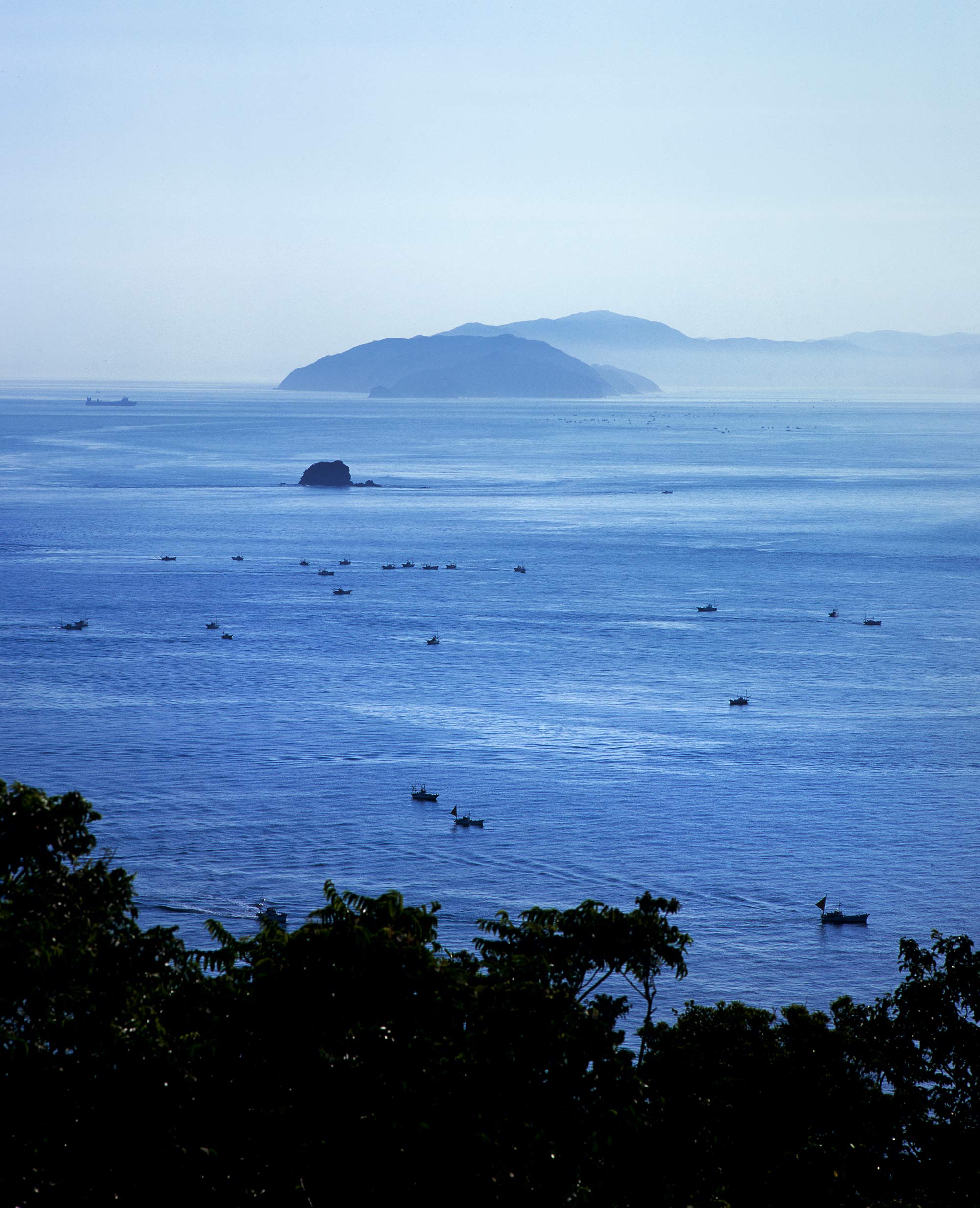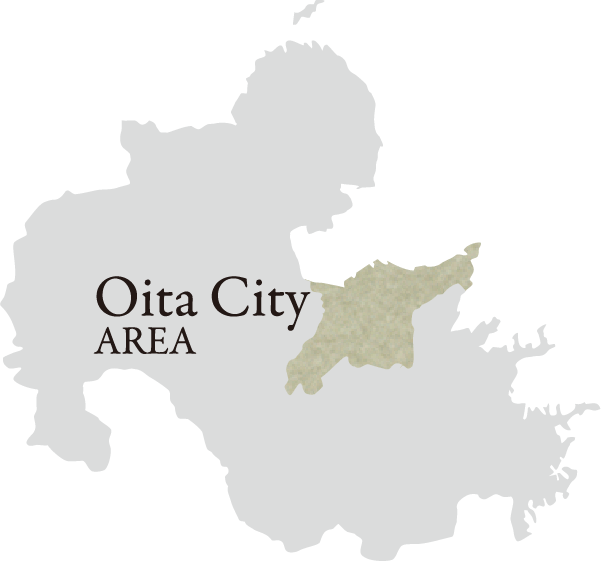

- City of Oita
- Foods
Sekiaji/Sekisaba (Horse Mackerel and Chub Mackerel)
Photography/TAKEUCHI Yasunori(top)MIYAJI Yasuhiko(bottom)
the Traditional Single Hook Fishing
Saganoseki Peninsula sticks out like a spear. With Takashima Island in between, it faces the Cape Sada of Shikoku. Between them lies the Houyo Strait. It’s about 15 kilometers. The tides of the Seto Inland Sea and the Bungo Channel conflict with each other. The current is fast and intense. Therefore it has been called “the Gate of Hayasui (Fast Absorption),” where the goddess “Hayasui Hime” looked after the sea.
It was a place where fishermen called “People of Amabe” used to be active since the ancient times. They also appear in “Kojiki (Records of Ancient Matters),” “Nihon Shoki (The Chronicles of Japan),” and “Manyo-shu,” leaving traces of tumuli in the base of peninsula, as a navy controlling the boat, or a group of fishermen.
The fast tide has long been known as a place for nurturing lively fish and seaweed. The best examples are the Sekiaji and Sekisaba (Horse Mackerel and Chub Mackerel), and it is the descendants of the people of Amabe who catch those fish nowadays.
The horse mackerel and chub mackerel in Saganoseki are firm and have unique texture and taste. Some people say even the body and face look different from the ordinary horse mackerel and chub mackerel. Oita is a place known to be rich in seafood, yet Sekiaji and Sekisaba are like the pioneers of the local brands. Well, what happens if people in Shikoku catch fish on the other side of the same Houyo Strait? The difference is in the heart of the fishermen in Sganoseki and techniques that were passed down as tradition.
What they have kept on doing all these years is the “One-hook Fishing” method. If you sprinkle some food for the fish and use a fishnet to catch them, you would probably get a lot more. However that’s just going to contaminate the ocean and therefore lower the quality of the fish. The fishermen here are too proud of their work to allow that. So they stick with fishing by hand, take back the fish in a live well with much attention, so much that they will not even touch with their fingers to keep them as fresh as possible. At the Fisheries Cooperative, they will place the brand tag only on those caught and delivered properly. The restaurants in Oita would then follow and serve the fish accordingly.
Recent problems include global depletion of fish resources and declines in the catch. Sekiaji and Sekisaba are no exception. In order to protect resources, in addition to the people in the industry, we as residents would also need to participate.

Sekisaba offering its unique texture.

